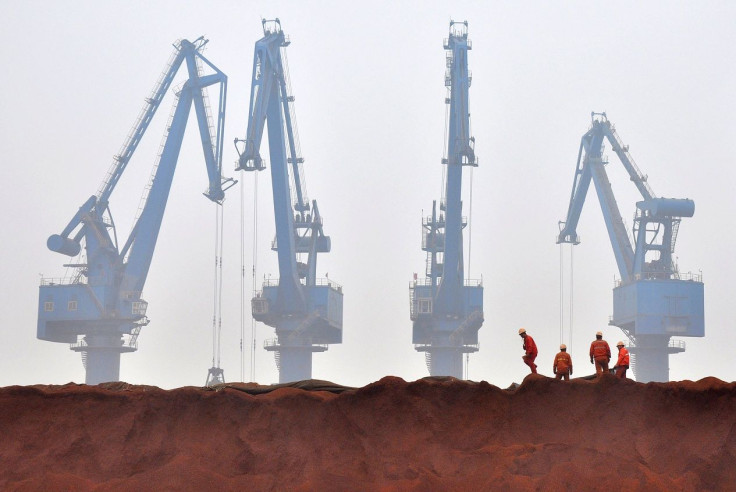Iron ore slips close to US$85 a tonne as inventories at Chinese ports rise

The price of iron ore is threatening to dip below US$85 (AU$112.8) a tonne. The export slipped 2.6 percent to settle at US$85.3 (AU$113.2) overnight, according to the Steel Index.
In the previous session, the price stood at $US87.6 (AU$116.3) a tonne. With this, iron ore slides down by as much as 10 percent from a multi-year high of US$94.5 (AU$125.4) the commodity reached on Feb. 21. It is iron ore’s lowest level in a month. It lost 6.9 percent in the last three sessions.
The loss comes in the wake of increasing post inventories in China, which are now being perceived as an impediment to prices. On Friday, the iron ore inventories at Chinese ports touched 130.05 million tonnes – the highest since 2004, when the tracking began.
According to Commonwealth Bank of Australia analyst Vivek Dhar, prices of iron ore have surged owing to Chinese steel mill margins rebounding. "However, it is unlikely that steel margins will remain elevated for too long as mills boost output,” Dhar said in a note. “We see surplus conditions forming in iron ore markets as supply increases and restocking demand wanes.” He forecasts the iron ore prices can fall to as low as US$60 (AU$79.6) a tonne by the fourth quarter.
Meanwhile, analysts at HSBC said a “massive fall” could be witnessed this year. The claim comes as analyst Andrew Hines forecast iron ore prices plunging to an even lower US$45 (AU$59.7) a tonne later in 2017. “In our view, iron ore is on the verge of a multi-year bear market, and the current price spike is only going to make things worse,” Hines said. “Iron ore is a bulk commodity, it is relatively abundant, and it is not difficult to mine or process. Iron ore producers should not expect to make supernormal returns in perpetuity.”
After Pilbara received more than expected rainfall this summer, miners in Australia may have to worker harder to fulfil their production forecasts for this month. The average shipping rate between the last week of January and the first two weeks of February accounted for 725 mtpa – down by a margin of 125 mtpa from the December quarter run-rate.




















